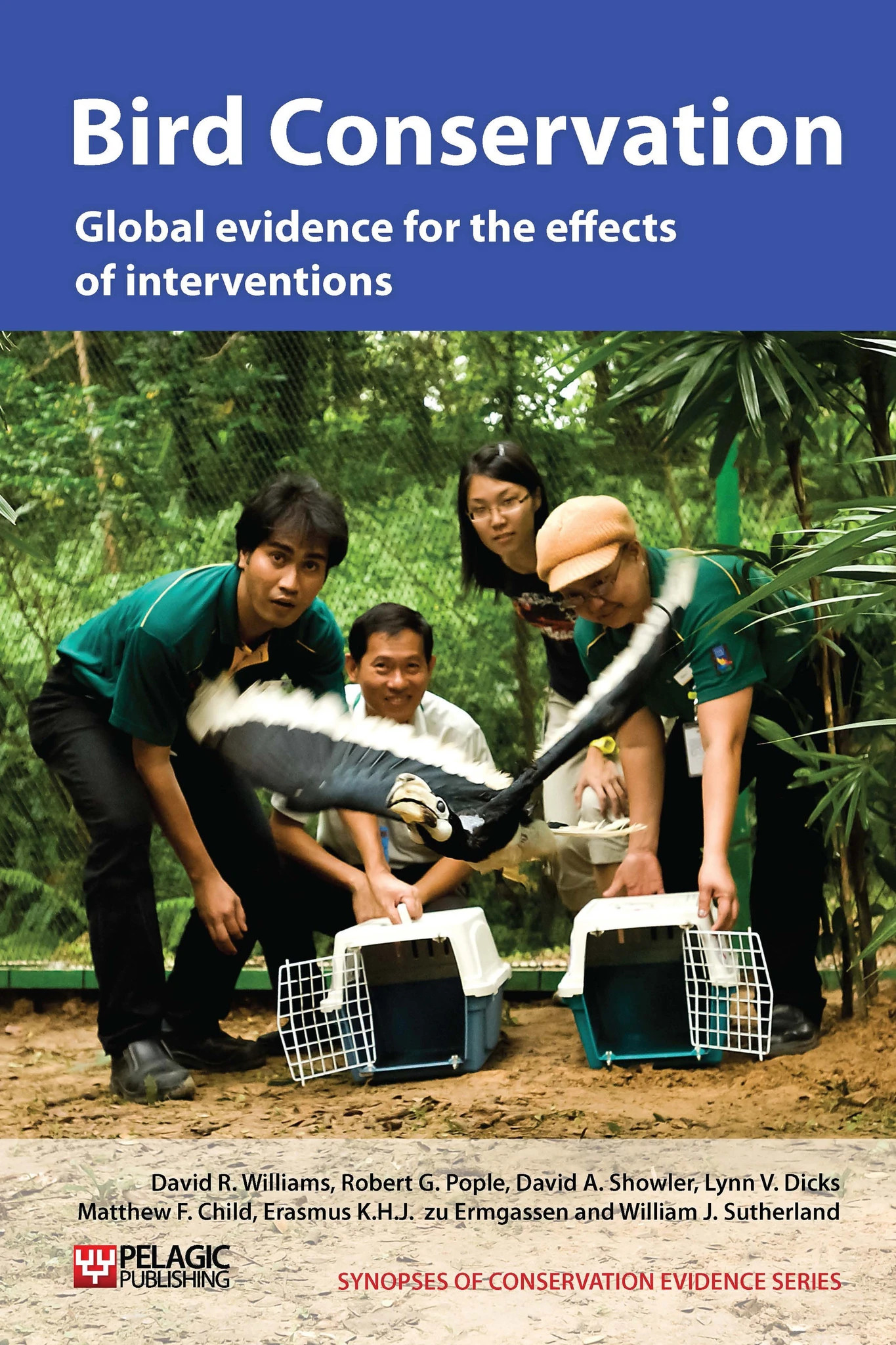Reduce predation by translocating predators
-
Overall effectiveness category Unknown effectiveness (limited evidence)
-
Number of studies: 3
View assessment score
Hide assessment score
How is the evidence assessed?
-
Effectiveness
27% -
Certainty
20% -
Harms
not assessed
Study locations
Supporting evidence from individual studies
A before-and-after study of a houbara bustard Chalmydotis undulata macqueenii release programme in desert steppe in southwest Saudi Arabia (Combreau & Smith 1998) found that the rate of predation of bustards did not change from 1993, with no predator control, to 1994, when feral cats Felis catus and red foxes Vulpes vulpes were caught and translocated away from the release site (47% of 25 subadult bustards predated in 1993 vs. 45% of 34 in 1994). However, the pattern of predation did differ, with fewer birds predated near the release site (predation occurring an average of 3 km from the release site in 1993 vs. 8 km in 1994) and birds surviving for longer on average (average of four days before predation in 1993 vs. 14 days in 1994). The release programme itself is discussed in ‘Release captive bred individuals’, ‘Release birds as subadults or adults, not juveniles’, ‘Use holding pens at release sites’ and ‘Use holding pens at release sites and clip birds’ wings’.
Study and other actions testedA paired sites before-and-after trial at two urban locations in the Paris area, France, between 2003 and 2005 (Chiron & Julliard 2007) found that the number of juvenile blue tits Parus caeruleus increased by 40% and the number of adult long-tailed tits Aegithalos caudatus increased 50 fold following the removal of 91 black-billed magpies Pica pica from experimental sites (a 58% reduction in density), with no corresponding increase in control sites where magpies were not removed. However, removal appeared to cause a 70% reduction in the number of adult blackcaps Sylvia atricapilla. There was no change in the number of juveniles or adults in seven other species.
Study and other actions testedA before-and-after trial on Santa Barbara Island, California, USA (Millus et al. 2007), found that the proportion of Xantus\'s murrelet Synthliboramphus hypoleucus eggs predated by mice was significantly lower in 2004, when approximately 1,650 deer mice Peromyscus maniculatus elusus (endemic to the island) were translocated away from the colony, compared to the 1993-2005 average, excluding 2004 (21% of 73 eggs predated vs. an average 37% of 64). In addition, the productivity/nest was higher (1.11 vs. 0.93), but hatching success was not significantly different (56% vs. 54%).
Study and other actions tested
Where has this evidence come from?
List of journals searched by synopsis
All the journals searched for all synopses
This Action forms part of the Action Synopsis:
Bird Conservation
Bird Conservation - Published 2013
Bird Synopsis





)_2023.JPG)














